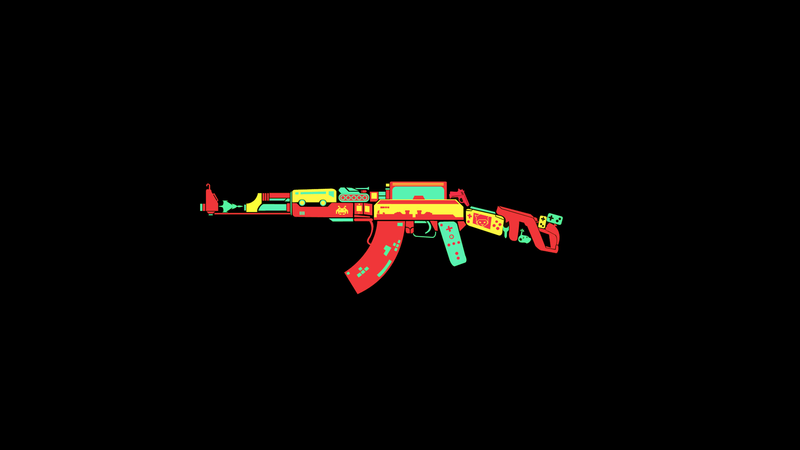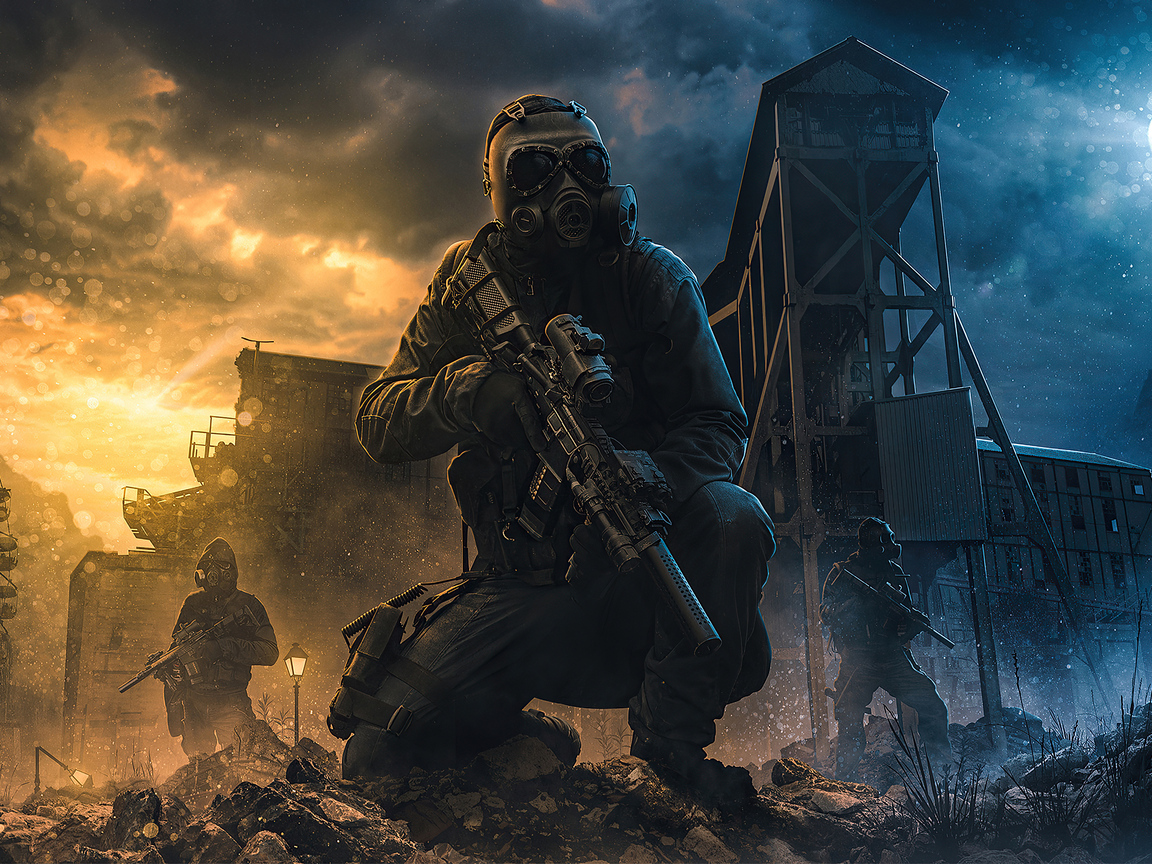Balancing Weapon Mechanics in Game Development
Few aspects are as crucial to the overall player experience as the balance of weapon mechanics. Whether it’s a first-person shooter, a role-playing game, or a strategy title, the effectiveness and balance of weapons can make or break the gameplay. Achieving the delicate equilibrium between power and fairness is an ongoing challenge for developers, requiring careful consideration, testing, and iteration.
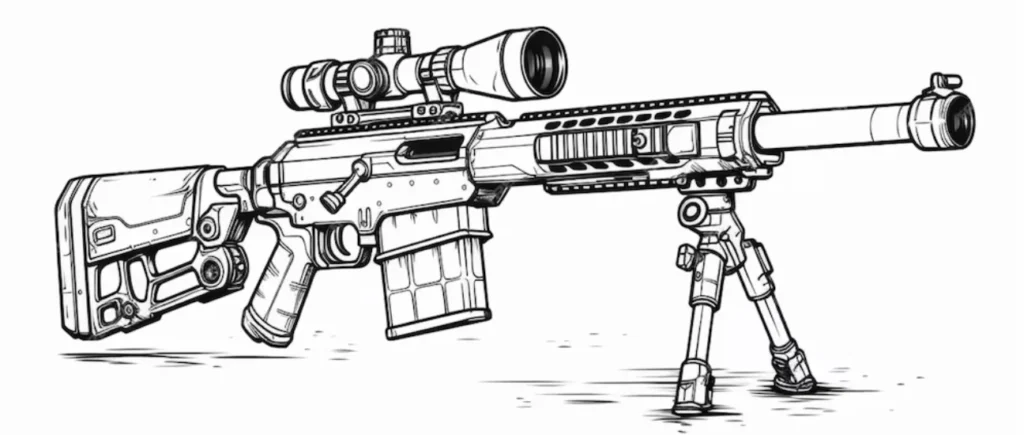
The Essence of Balance
Balance in weapon mechanics refers to ensuring that no single weapon or strategy dominates the gameplay to the detriment of others. It involves fine-tuning various parameters such as damage output, rate of fire, accuracy, range, and reload time. The goal is to create an environment where players have meaningful choices and can succeed through skill rather than relying solely on the superiority of their chosen weapon.
Challenges in Balancing
Balancing weapons in games is a multifaceted challenge that developers face at every stage of the design process. One of the primary difficulties lies in accommodating different playstyles and skill levels. A weapon that is too powerful may discourage experimentation with other options, while a weapon that is too weak may feel unsatisfying to use.
Moreover, as games often have diverse player bases, balancing becomes even more complex in multiplayer environments. Account must be taken of factors such as latency, player skill disparities, and the impact of teamwork on weapon effectiveness. Balancing becomes a delicate dance between catering to the preferences of different players while maintaining a level playing field.
Approaches to Balancing
Developers employ various strategies to achieve balance in weapon mechanics. Iterative testing is a fundamental approach, involving playtesting with a diverse group of players to gather feedback and identify potential issues. Data-driven balancing, where developers analyze in-game metrics such as win rates and kill-to-death ratios, can also provide valuable insights into which weapons may be overpowered or underutilized.
Furthermore, ongoing support and updates post-launch are essential for maintaining balance, as player feedback and emergent gameplay trends may necessitate adjustments to weapon mechanics over time. This iterative process ensures that the game remains engaging and fair for all players.
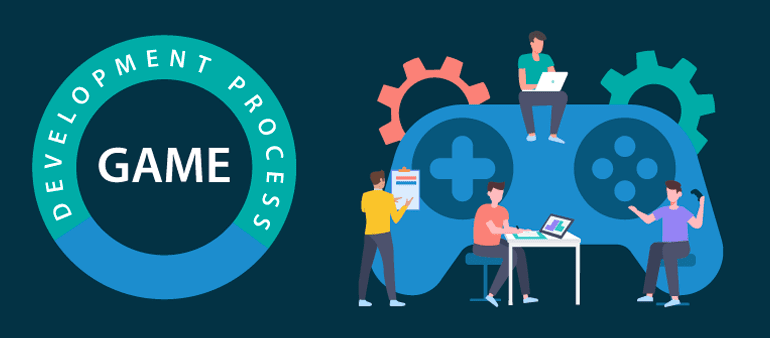
The Impact of Balance on Gameplay
When balance is achieved effectively, it enhances the overall gameplay experience in numerous ways. It fosters a sense of competitiveness and skill expression, as players must strategize and adapt their tactics based on the weapons available to them. Additionally, balanced weapon mechanics promote diversity and experimentation, encouraging players to explore different playstyles and weapon combinations.
Conversely, imbalances in weapon mechanics can lead to frustration, player dissatisfaction, and ultimately, a decline in the game’s longevity and player base. Whether it’s a single-player campaign or a competitive multiplayer mode, the success of a game often hinges on the careful balance of its weapon mechanics.
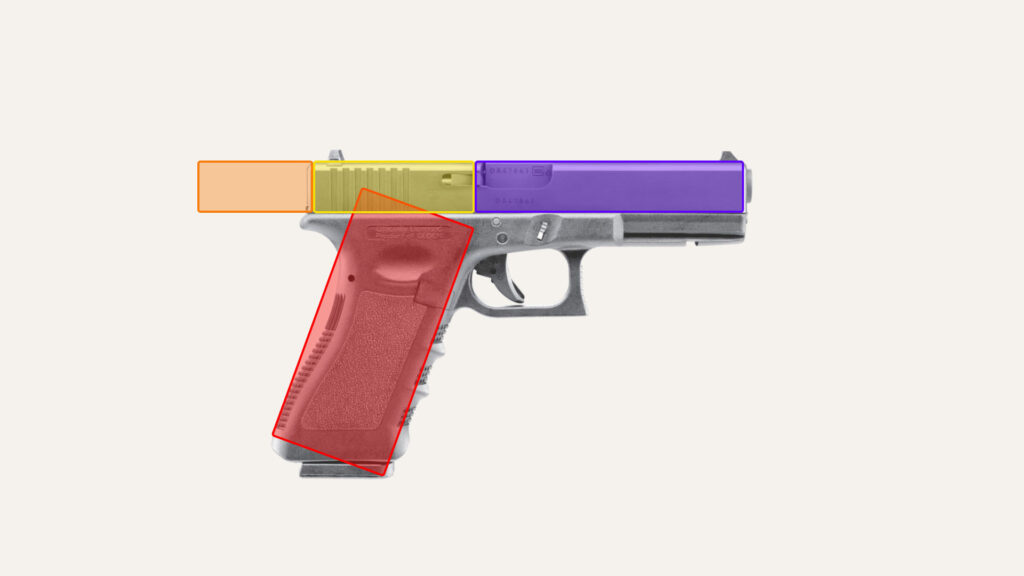
Read about also: Evolution of Weapon Design in Game Development.
Conclusion
Balancing weapon mechanics in game development is a perpetual endeavor, requiring a nuanced understanding of player behavior, game design principles, and the dynamics of competition. By prioritizing balance and employing iterative testing and feedback-driven iteration, developers can create games that offer a compelling and fair gameplay experience for all players. Ultimately, achieving balance in weapon mechanics is not just a technical challenge—it’s an art form that lies at the heart of great game design.


